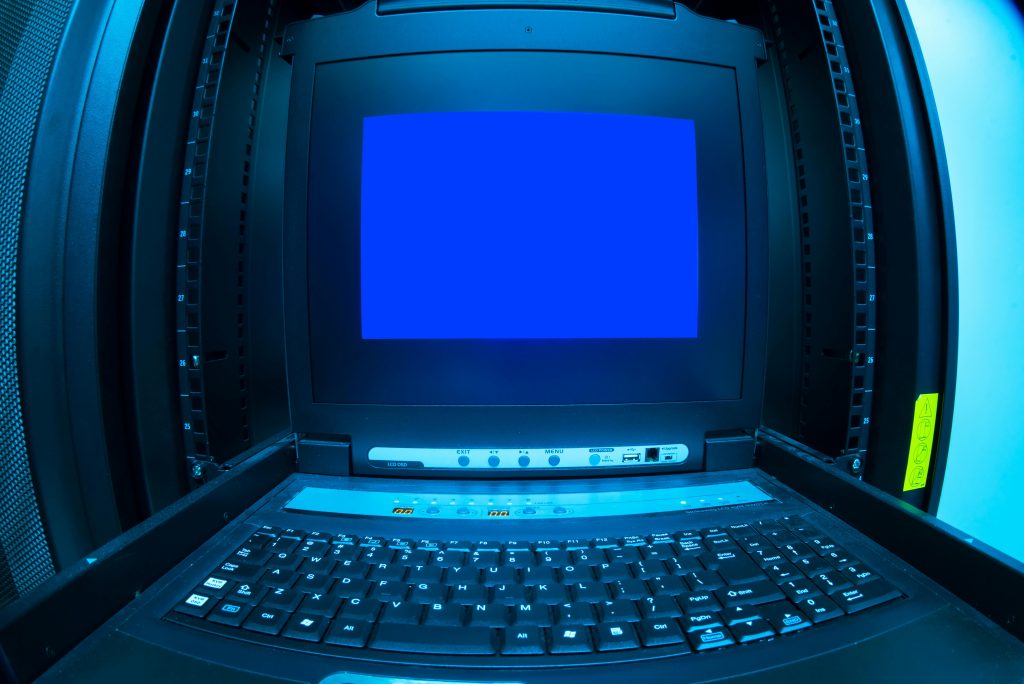Optimizing a High-Performance PC for Gaming: Tips for Gamers with Specialized Workstations
If you’ve invested in a powerful workstation for 3D modeling, you may find yourself wanting to repurpose it for gaming. With impressive specifications like 108GB of RAM, an Intel Xeon X5670 CPU, and an Nvidia Quadro 5000 graphics card, you’re already equipped with a robust foundation. However, maximizing the gaming potential of your system may require some fine-tuning.
Understanding Your System Specs
Let’s break down the key components of your setup:
- Processor: Intel Xeon CPU X5670 @ 2.93GHz (dual processor setup)
- Graphics Card: Nvidia Quadro 5000
- RAM: 108 GB installed (107 GB usable)
- System Type: 64-bit operating system with an x64-based processor
- Storage: Four disks totaling approximately 3 TB
Given your powerful configuration, it’s interesting to note that your system consistently utilizes only around 8GB of RAM during operation. If you’re curious about enhancing your gaming experience and leveraging a larger portion of your RAM, here are some strategies.
Tips for Configuring Your PC for Gaming
-
Upgrade Your Graphics Card: While the Nvidia Quadro 5000 is excellent for graphics design, it is not optimized for gaming performance. Consider investing in a dedicated gaming GPU such as the Nvidia GeForce or AMD Radeon series to significantly improve frame rates and overall visual quality in modern games.
-
Adjust RAM Usage: Many games might not utilize an extensive amount of RAM, so jumping to use 40-50GB might not be feasible. However, you can ensure background applications are minimized or closed while gaming to allocate more resources to your gaming experience.
-
Install Gaming-Focused Drivers: Ensure that you’re using the latest graphics drivers optimized for gaming. Nvidia provides specific drivers for gaming which can enhance performance.
-
Optimize Graphics Settings: Adjust game settings to better suit your hardware. Lowering graphic intensity can help balance performance, especially if you decide to prioritize frame rates over ultra visuals.
-
Utilize SSD Storage: If you don’t have an SSD yet, consider adding one for your OS and frequently played games. The faster load times can improve your overall gaming experience.
-
Check Cooling Systems: High-performance gaming can generate a lot of heat.
Share this content:



